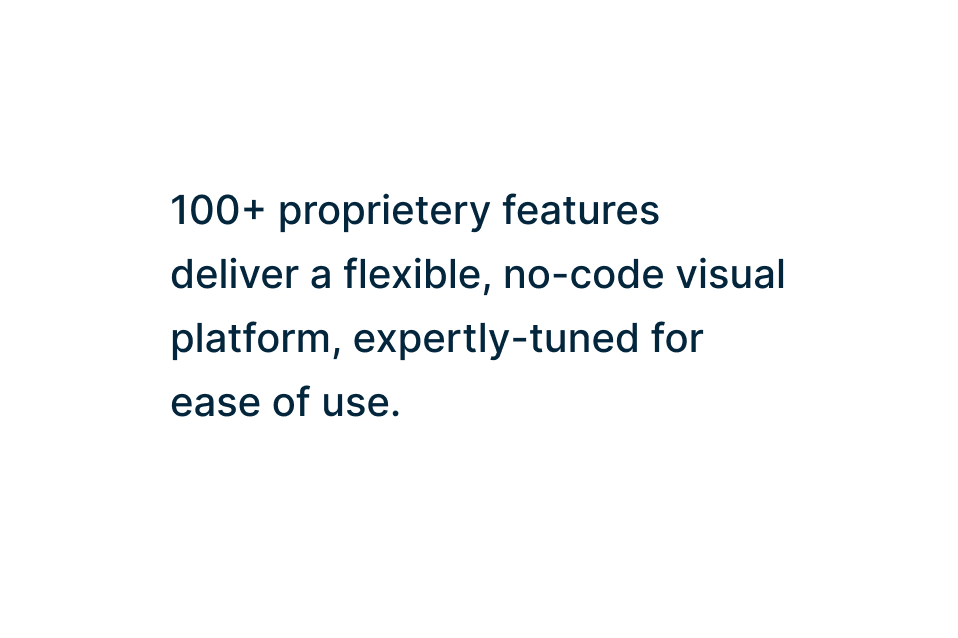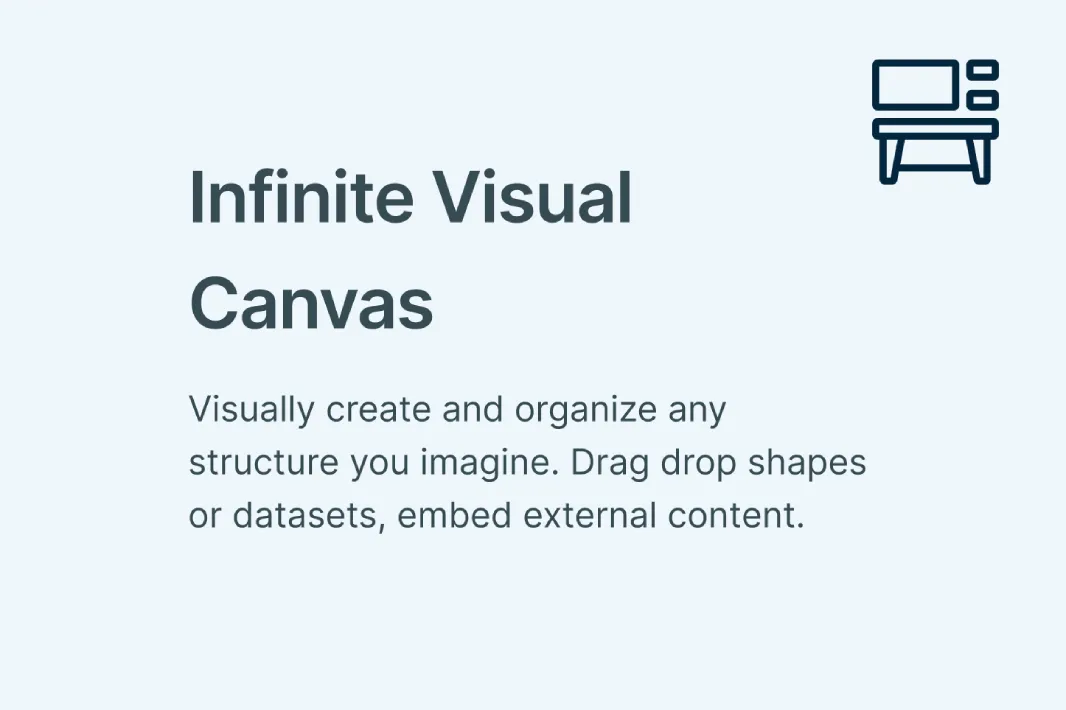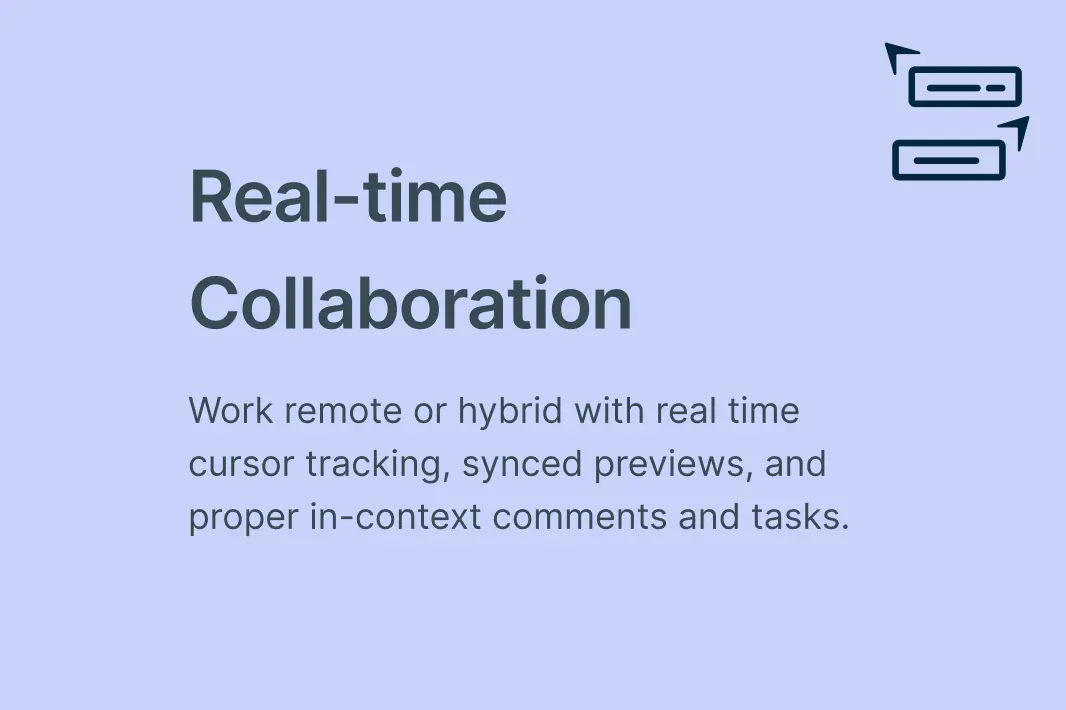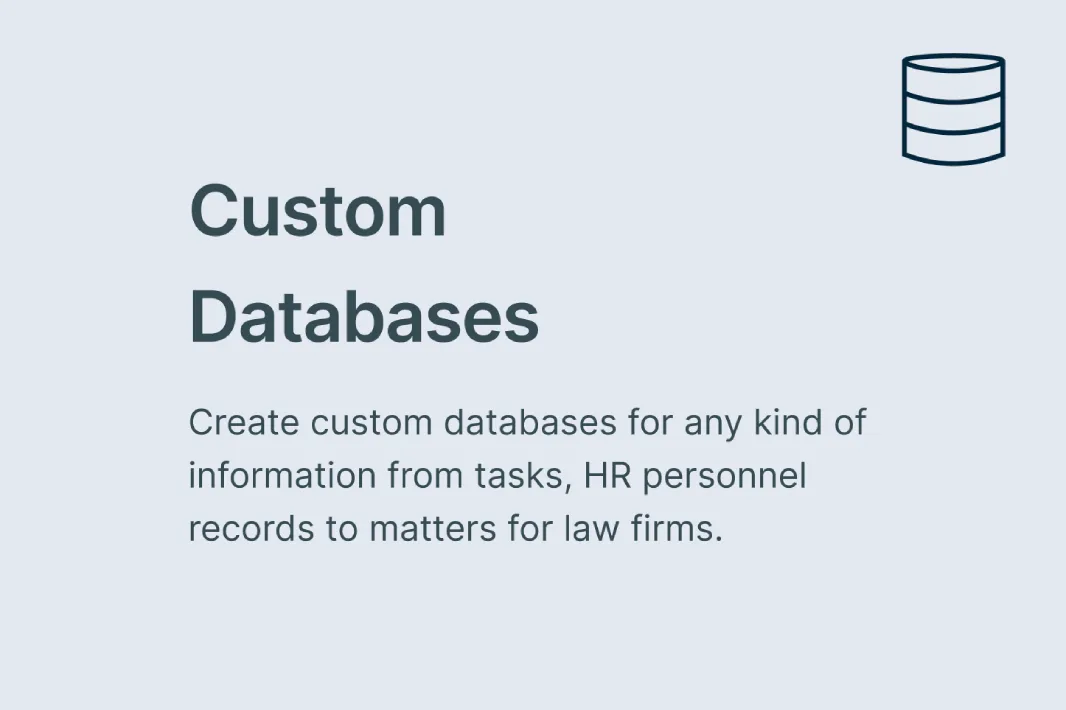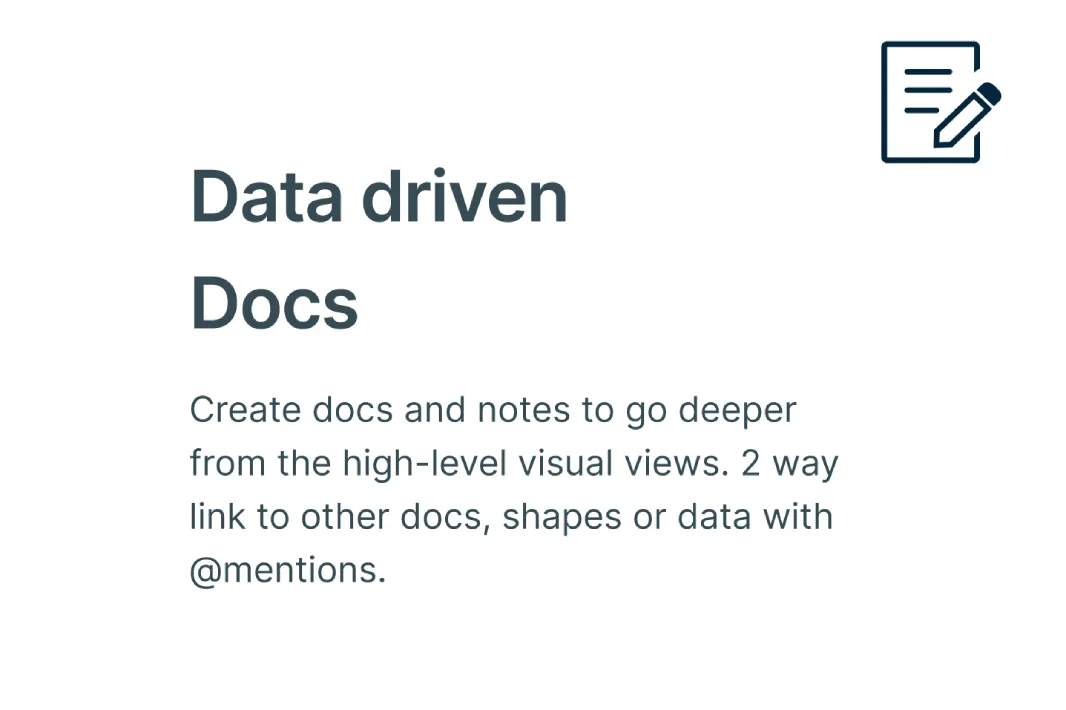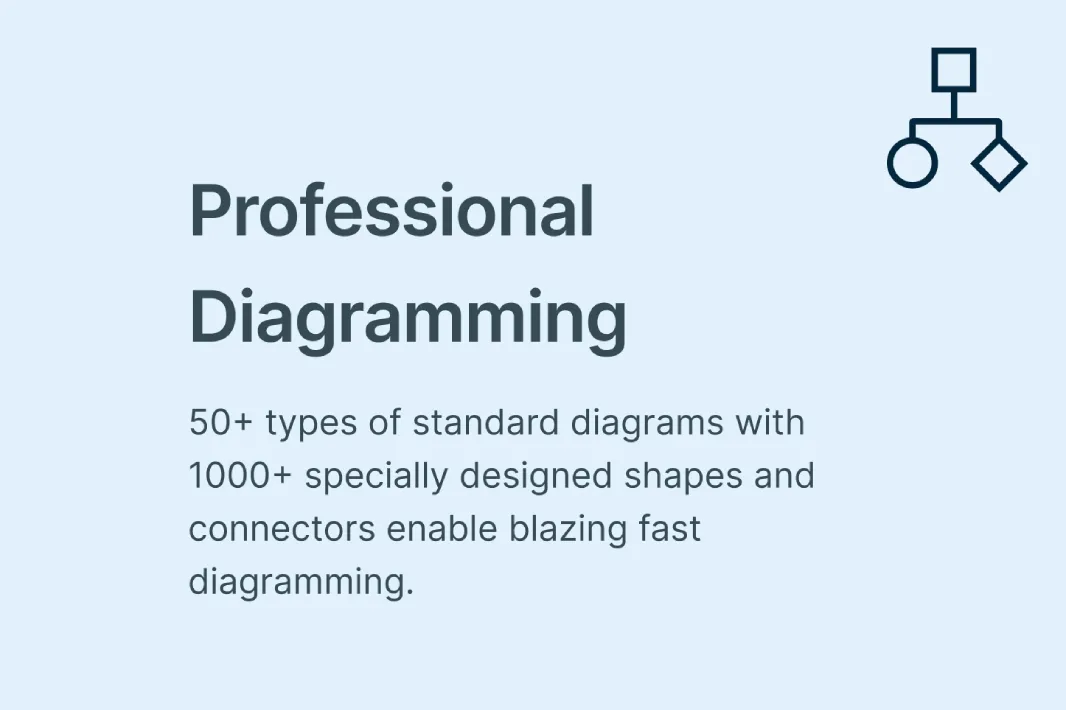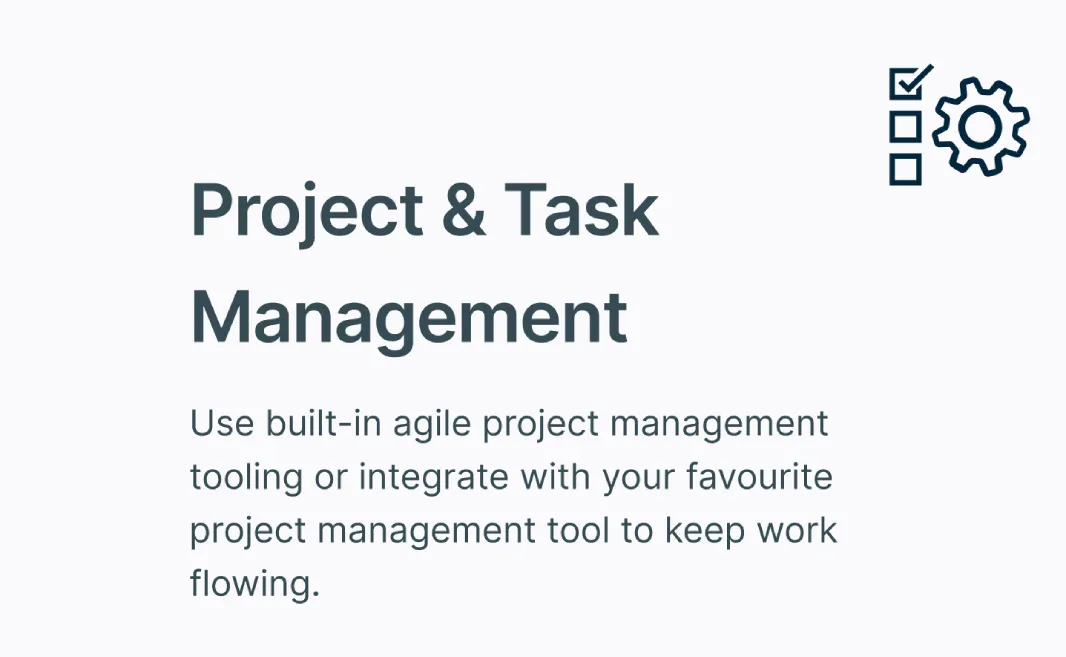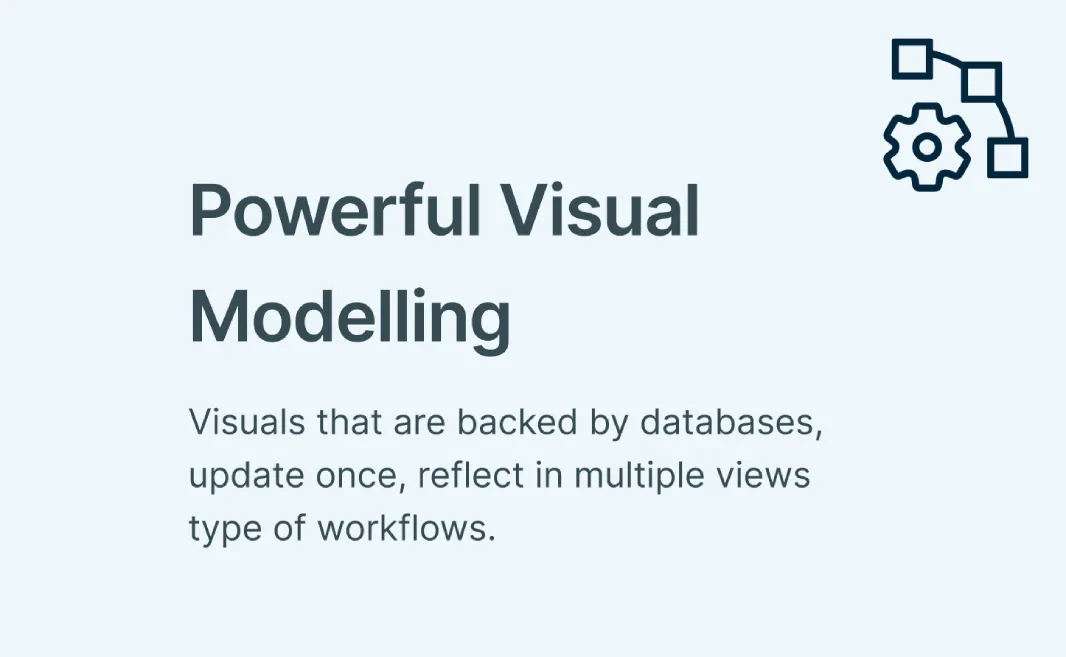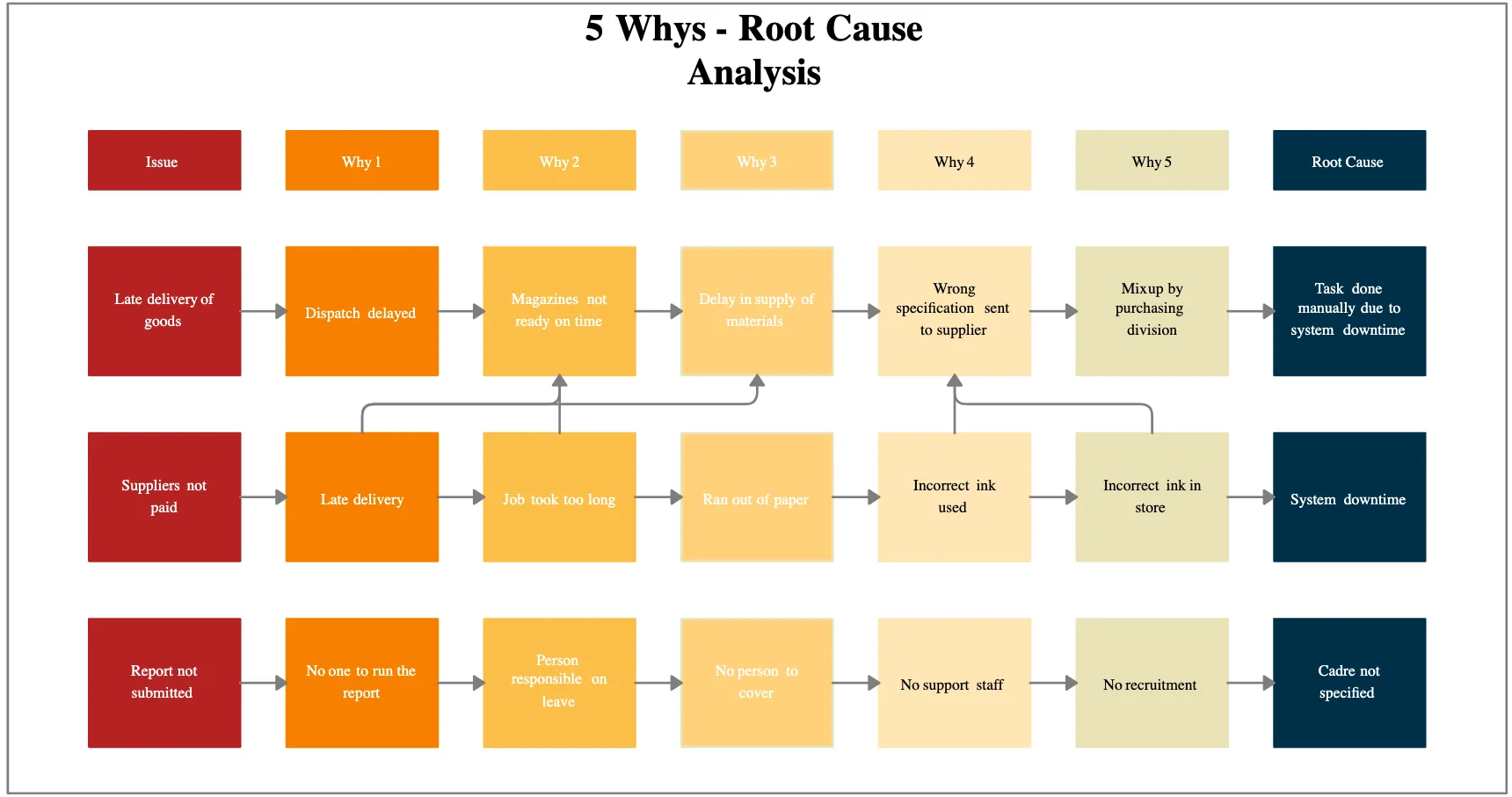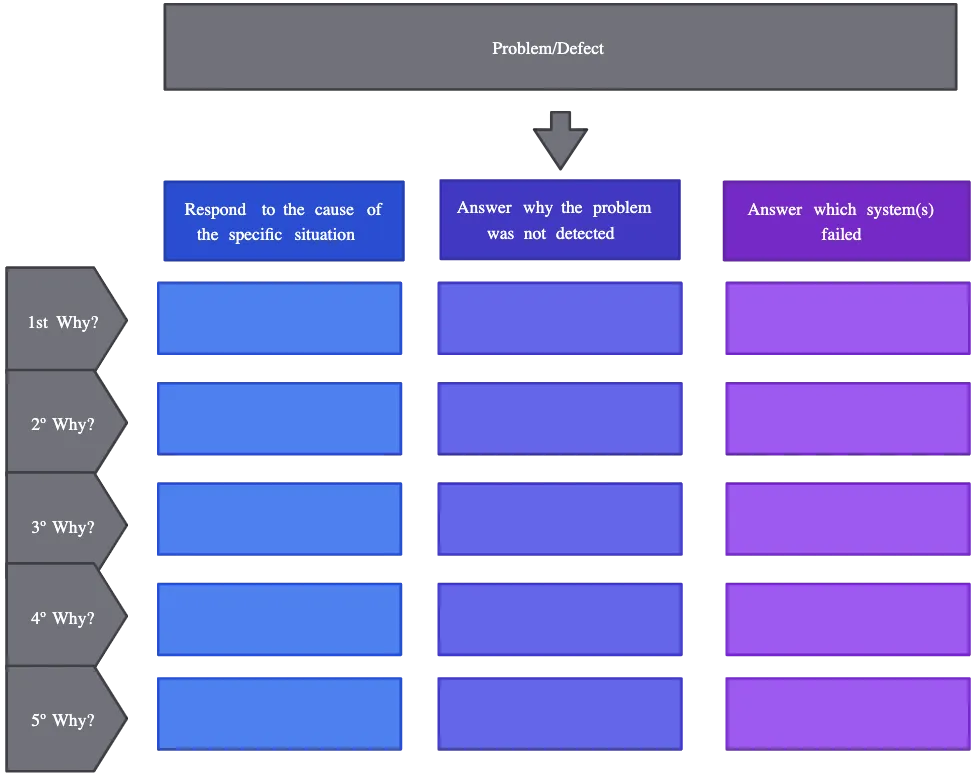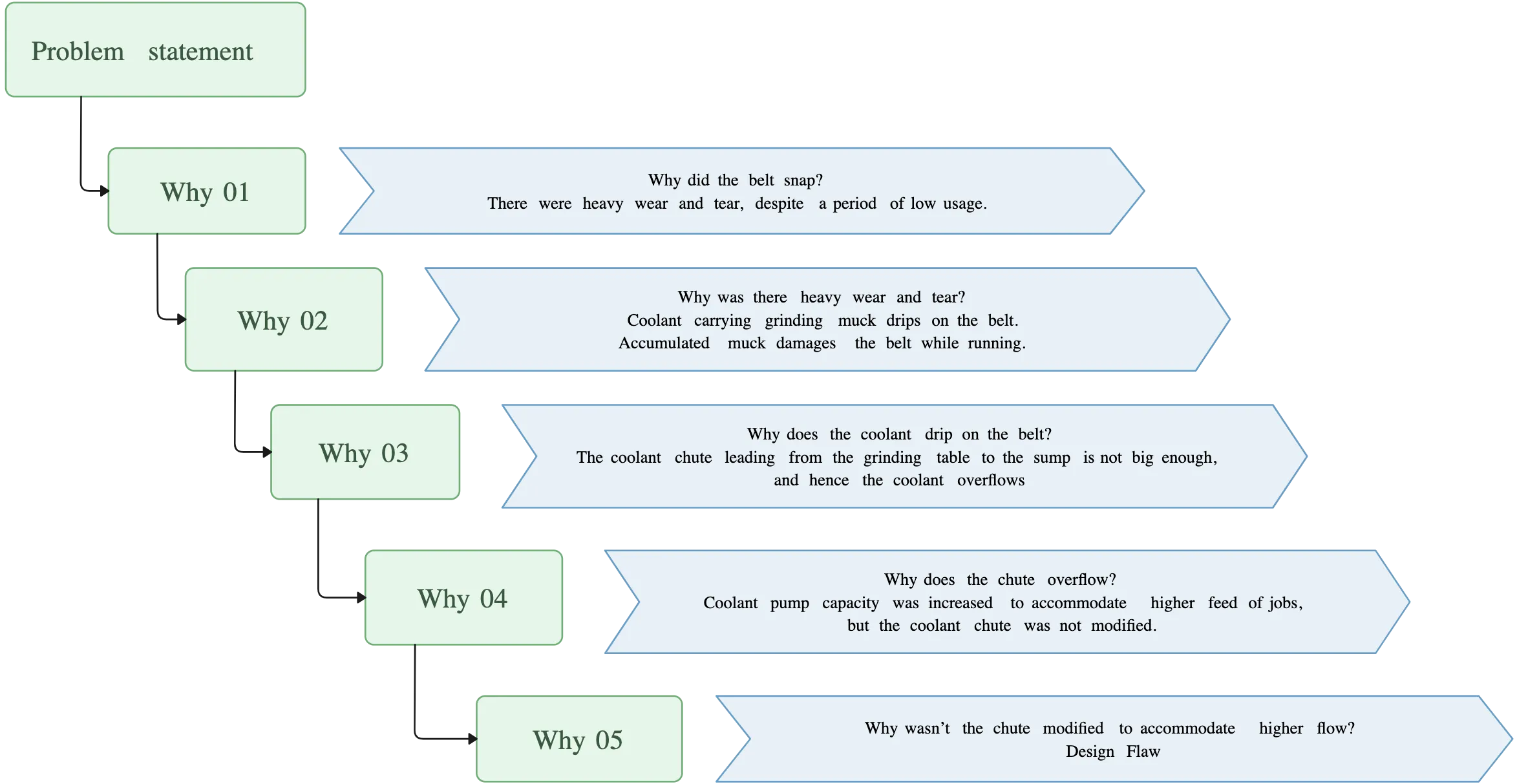5 Whys Analysis Template
Uncover Root Causes Quickly with a Visual 5 Whys Template
Get to the root of any problem fast with Creately’s 5 Whys Template — simple, smart, and built for team problem-solving.
- Structured layout based on the standard why why analysis format
- Real-time collaboration with task assignment and comment threads
- Easy embedding of diagrams, notes, and supporting documents

Over 10 Million people and 1000s of teams already use Creately

AI Problem-Solving Template
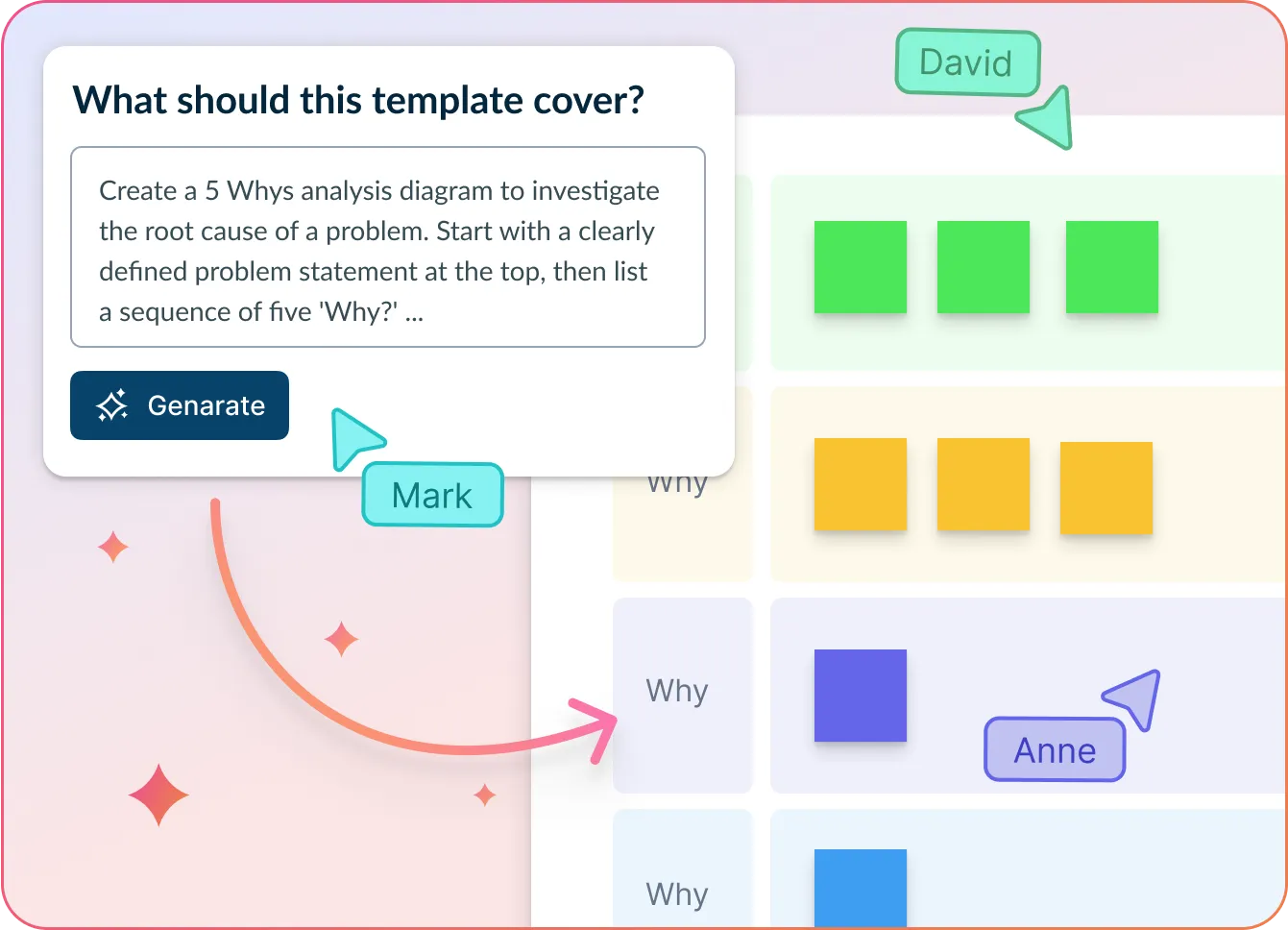
Break down challenges with guided, AI-enhanced problem-solving framework
- Describe your issue or challenge in plain language.
- Click Generate with AI → Creately breaks it down into causes, impacts, and solution steps.
- Refine collaboratively on a visual canvas built for clear thinking and action.
Why teams love Creately’s AI Problem-Solving Template
 Clarity, fast – Go from vague issues to structured steps in minutes, with AI guidance.
Clarity, fast – Go from vague issues to structured steps in minutes, with AI guidance. No blank canvas paralysis – AI gets you started with tailored insights and problem breakdowns.
No blank canvas paralysis – AI gets you started with tailored insights and problem breakdowns. Secure by design – All processing happens within Creately; no data is sent to third-party LLMs.
Secure by design – All processing happens within Creately; no data is sent to third-party LLMs. Built for global teams – Works seamlessly in any language, making collaboration borderless.
Built for global teams – Works seamlessly in any language, making collaboration borderless. Team-powered solutions – Collaborate live or async to identify causes and align on fixes.
Team-powered solutions – Collaborate live or async to identify causes and align on fixes.
Quickly Identify Root Causes with Ready-to-Use 5 Whys Templates
Clarify Problems with a Guided Visual Structure
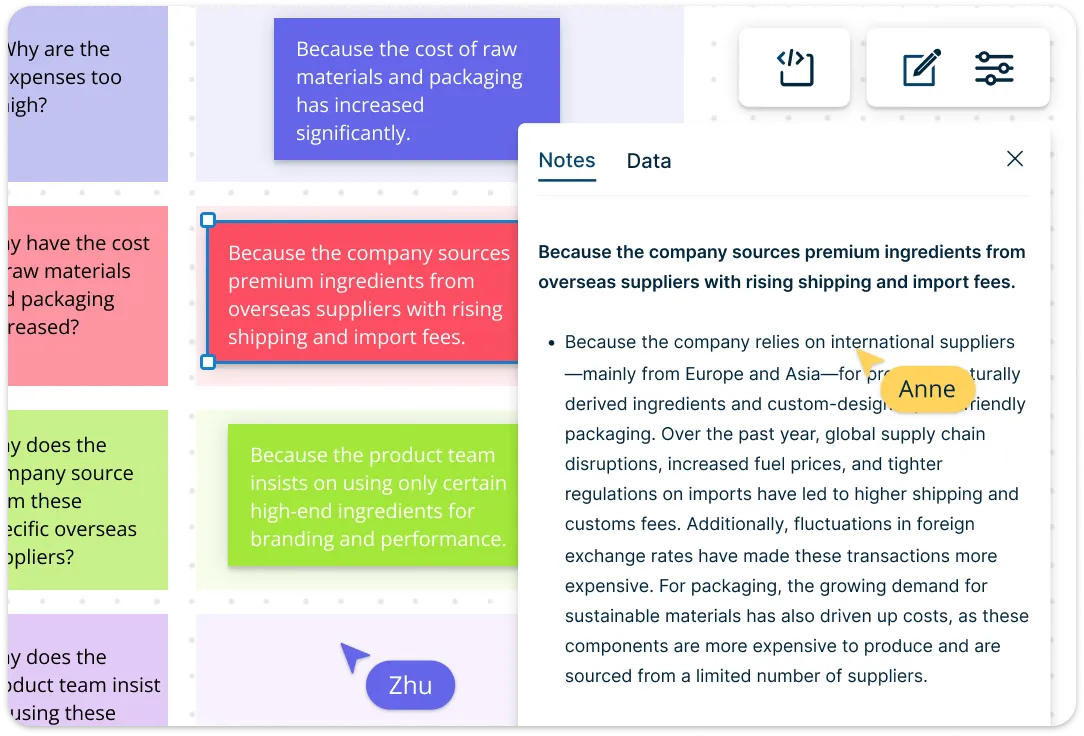
The 5 whys template uses a clean, editable format to help you map out each “why” clearly. Starting with the problem statement, each layer reveals deeper causes until the root is identified. Creately’s visual canvas makes this process more intuitive than static documents—use arrows, connectors, and sticky notes to create a clear cause-and-effect trail that your entire team can understand at a glance. You can also include detailed notes on each “why” for deeper insight and attach images or files directly to any step for richer context.

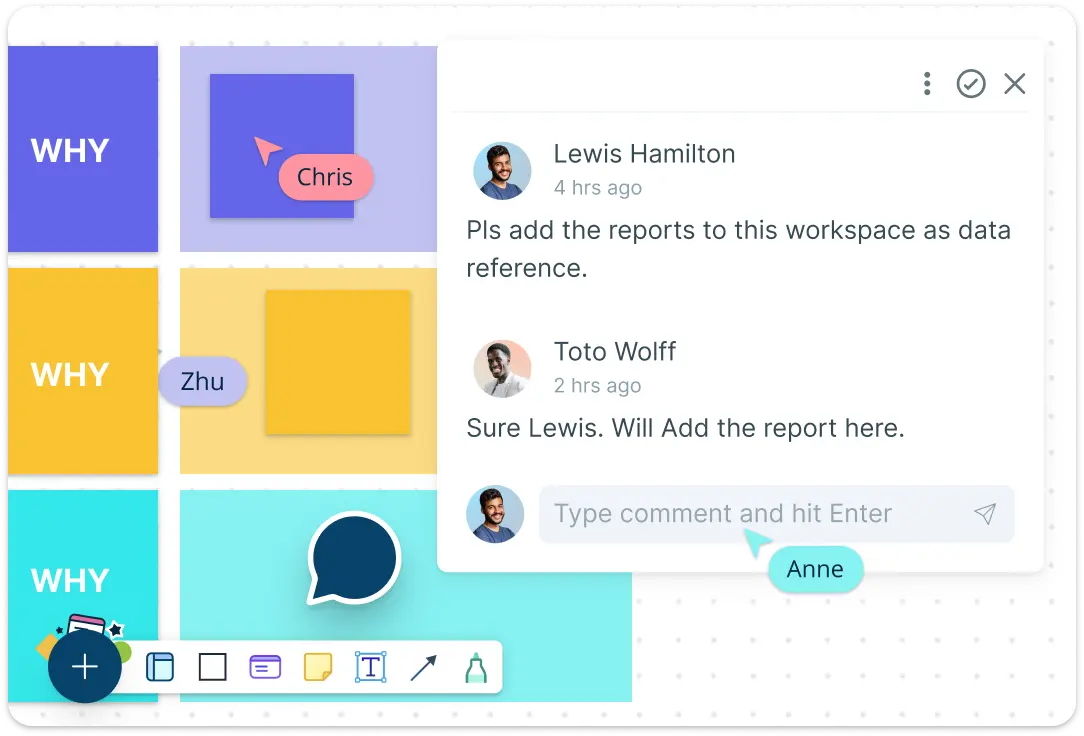
Collaborate with Your Team in Real Time

With Creately’s 5 whys template, problem-solving becomes a shared effort. Teams can co-edit the diagram simultaneously, leave contextual comments on each step, and even tag teammates for input. Built-in task management features like kanban boards and checklists ensure that follow-up actions are assigned and tracked through to resolution.
Customize and Reuse Across Multiple Workflows
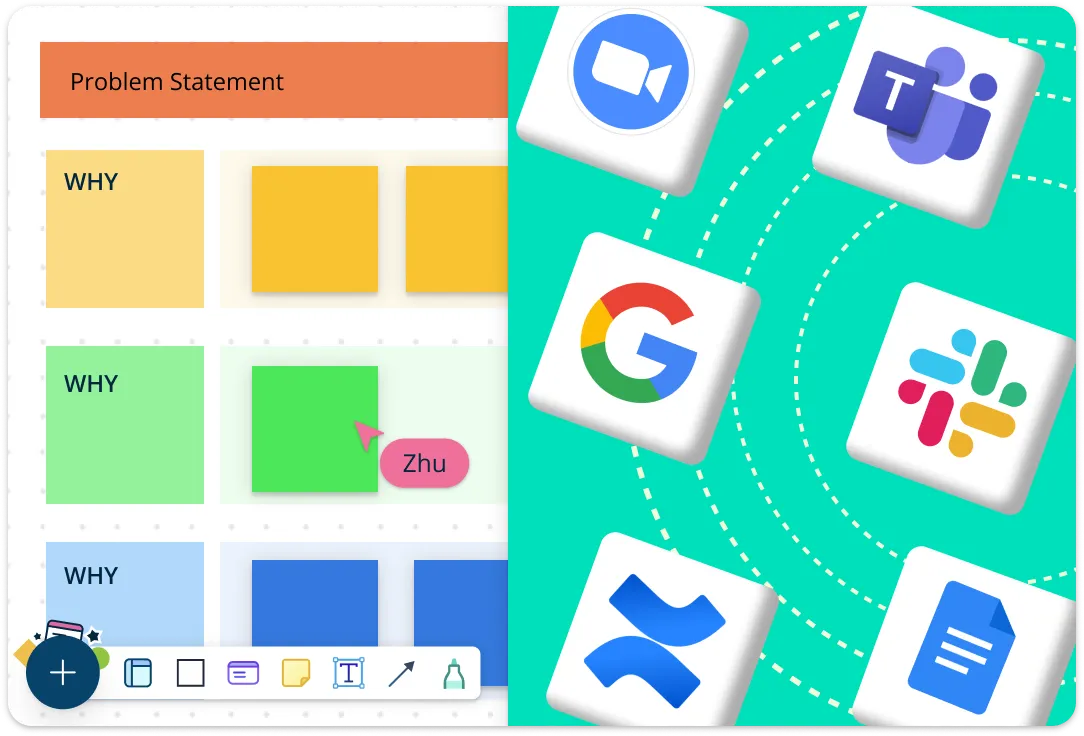
Creately’s 5 Whys template is highly adaptable to your team’s specific needs. You can customize the layout, add extra “whys” beyond five, or combine it with other diagrams like fishbone or flowcharts to deepen your root cause analysis. The template supports embedding external documents, spreadsheets, and videos to enrich your investigation. Integration with popular tools such as Google Drive, Slack, and Jira streamlines your workflow. Use presentation mode to share your analysis clearly with stakeholders or export or save the template for consistent reuse across projects.

What Is a 5 Whys Template?

How to Use Creately’s 5 Whys Template
Assemble your team:
Start by bringing together people who are directly involved in or familiar with the issue. Include members from different departments to ensure diverse perspectives. This sets a strong foundation for uncovering the root cause.Define the problem together:
Collaboratively discuss and refine the problem statement using Creately’s shared workspace. Use notes, comments, or embedded documents to clarify the issue. This step ensures everyone agrees on the scope and focus.Assign a facilitator:
Designate someone with deep knowledge of the issue to guide the session. The facilitator will ask the “why” questions and keep the team focused.Begin the 5 Whys analysis:
Use the 5 Whys template to ask “Why?” at least five times, drilling deeper into each answer. Avoid going too far, as that can lead to unrelated causes. You can expand or collapse branches and visualize the cause-effect chain clearly on the canvas.Use visual tools for clarity:
Enhance your analysis with arrows, icons, or color coding. Link related diagrams (like fishbone or flowcharts), embed files, and highlight relationships for better insight.Collaborate and document in one place:
Share the canvas with your team to co-edit, leave threaded comments, and attach supporting materials. Creately’s comment system makes it easy to communicate and resolve uncertainties in real time.Discuss solutions and action steps:
Once the root cause is clear, brainstorm and document corrective actions. Assign responsibilities, create tasks using built-in kanban boards, and track progress—all within the same workspace.Present and share your findings:
Use presentation mode to walk stakeholders through the analysis clearly. Export your 5 whys analysis template as a PDF or image, or share a live document link for transparency.Let Creately AI enhance your analysis:
Use Creately’s AI-powered problem-solving template to jumpstart your 5 Whys analysis instantly. AI can help refine your inputs, suggest deeper causes, and generate summaries or action plans—making your root cause analysis faster, smarter, and more complete.
Solve Problems Visually Using Editable 5 Whys Templates
FAQs About the 5 Whys Template
Can I use the 5 Whys template for any type of problem?
What’s the difference between the 5 Whys template and other problem-solving tools?
How many ‘whys’ should I ask? Is five a strict rule?
What’s the fastest way to fill out the 5 Whys template?
How can I share my completed 5 Whys analysis with others?
Is there a way to track actions after identifying the root cause?







